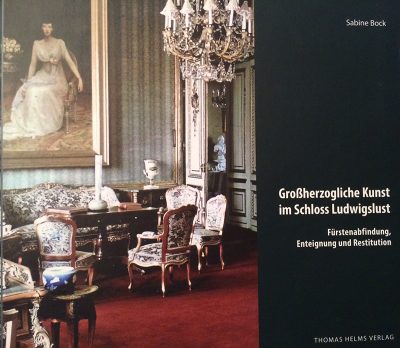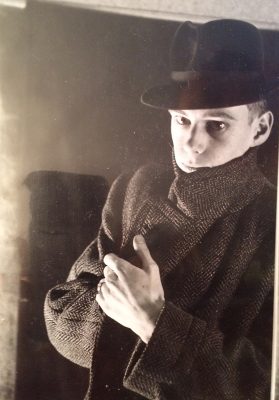Marvin Bolt, the Museum’s curator of science and technology, traveled to Europe last fall to research some of the world’s oldest telescopes. Read along to hear about his adventures and discoveries.
By now, a day off was in order, not just to celebrate the Perseid meteor shower and my anniversary (even if a continent away from my wife), but to catch up on processing the information we had gathered so far. And to visit with Rolf Riekher, who continues to do excellent scholarly work in his mid-90s.
His background is as incredible as it is inspirational. After World War II, he supplied much of northern Germany with spectacles. He was involved in the successful development of aspheric lenses, a problem that had occupied scientists and engineers since the early 1600s. In the 1950s, he wrote the most extensive and technical history of the telescope, producing an updated second edition in the early 1970s despite living behind the Iron Curtain in East Berlin and having no access to any scholarly resources. How he did this, and in his spare time, still astonishes us.
Two recent episodes highlight the extraordinary life he has lived. A few years ago, a colleague of ours gave Mr. Riekher a mystery book about life in northern Germany during the post war years. When he read it, he recognized the slightly altered name of one of the central characters, and noted that he had provided the man with a pair of spectacles. After a quick trip to his basement, he retrieved the receipt of the transaction from more than 60 years ago.
This past year, he received an art book about one of the noble families of Northern Germany, and the artistic treasures that had been housed in their castle. With a slight, wry grin, he pointed to the cover of the book and said, I took that photo. And in short order, produced the photograph and the negative for it.
- Photograph taken as a teenager
- Young Rolf Riekher
He had taken that photo nearly eight decades earlier when, as a precocious 15-year-old, he had been invited to photograph the family and some of their belongings.
This wonderful man, a self-taught scholar, continues to amaze us with his knowledge and his experiences. Because we left too early to observe the Perseids with him, we undoubtedly missed out on other stories as well. We could have even observed the heavens from his private observatory. And yes, he built that himself, too.





